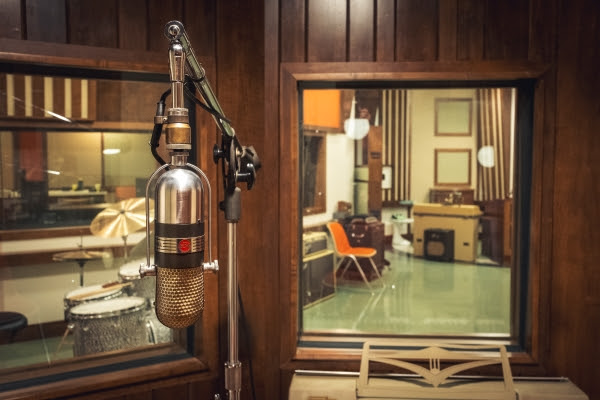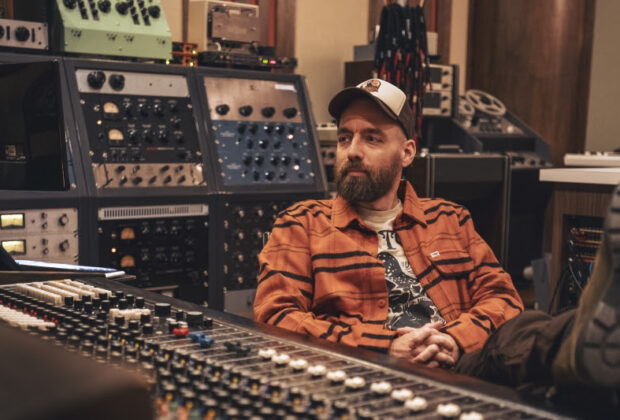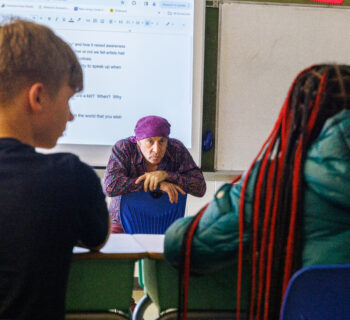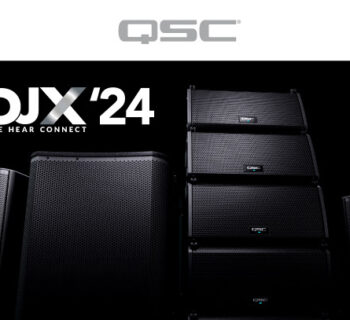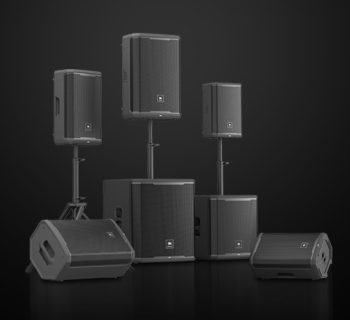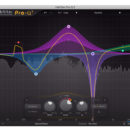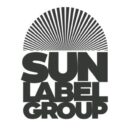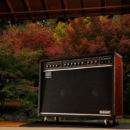Grammy Award-winning producer and engineer Matt Ross-Spang has opened Southern Grooves Studio at Crosstown Concourse in Memphis, TN. Reverb recently featured the studio in their "Show Us Your Space" series, praising, "In the middle of the 20th century, the wonderful mix of soul, country, blues, R&B, and rock 'n' roll that shot out of Memphis studios like Sun and Stax electrified the world. Producer, engineer, and studio owner Matt Ross-Spang—who probably knows as much about this Memphis Sound as anyone still living can know—is giving it new life in the 21st century."
Ross-Spang has worked at the most iconic studios in Memphis, Muscle Shoals, and Nashville — Sun, Sam Phillips, Fame, RCA — producing, engineering, and mixing music by artists like Elvis Presley, Lou Reed, Al Green, John Prine, Jason Isbell, Lori McKenna, Margo Price, S.G. Goodman, Drive-By Truckers, Mountain Goats, Cut Worms, Iron & Wine, and more. He has won two Grammy Awards, for engineering Isbell’s 2015 album Something More Than Free and again for its follow-up, 2017’s The Nashville Sound. Out this year alone, he produced Peter One's Come Back To Me, Lucero's Should've Learned by Now, St. Paul & the Broken Bones' Angels In Science Fiction, Blind Boys of Alabama's Echoes of the South, and Old Crow Medicine Show's Jubilee, in addition to engineering Jason Isbell & the 400 Unit's Weathervanes and mixing Morgan Wade's Psychopath.

On designing his new studio, Ross-Spang offers, "When I decided to build this studio I wanted to combine the spirit behind some of my favorite historical studios and my love of mid-century modern design. The studio follows the tried and true method of avoiding parallel surfaces, even utilizing an undulated ceiling - a preference of Sam Phillips. Like many of the great early 60s studios, I went with a tile floor for a livelier sound. The acoustic treatment (wood and burlap) is similar to what you’d find in Studios in the 70s, especially in Memphis and Muscle Shoals. We designed the studio around Crosstown's distinctive structural columns. They are 3 feet thick and at 17 feet intervals. The columns add unique acoustic and visual properties to the room. I live in a time capsule Mid-century Modern home built in 1957. I used some of its wood paneling and ceiling beams as inspiration in my studio for the live room and iso booth. The furniture was hand-picked to match the studio’s aesthetic. I wanted a custom chair rail around the live room and had it sized for microphones, drinks, and even guitar pedals to add stylish shelving and comfort to the room without clutter. Most importantly the studio, although brand new, feels like it’s been around for decades."
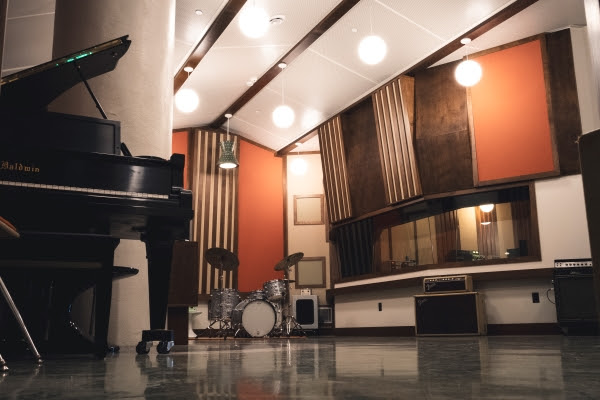
Of the studio's custom equipment, he adds, "As the studio was taking shape I realized that I needed to synchronize the equipment and functionalities seamlessly with the studio's aesthetic. As a student of music history, I’ve always loved how classic studios like Abbey Road and Decca would custom-build their equipment and needs. You can look back at old studio photos and know exactly what studio it was by just pictures of the acoustic treatment or even the gobos. This is somewhat lost in modern studios and I wanted to bring it back. Ken Capton and I designed brand-new gobos from the ground up. They are stackable with removable panels (a lively hard side or a “dead” treated side). The Top half of the gobo is even designed to be the same height as the chair rail in the live room for us with amplifiers. We even designed custom casters for the Hammond B3 to be portable and visually appealing. Greg Pace and I designed my favorite piece: a modern Cue System to fit my studio's needs and looks. The boxes were hand-built and painted pistachio green. They feature our own 2 channel design and are all analog. They are screwed into some sleek space-age end tables. Each table was modified with the connectors and cabling!"
